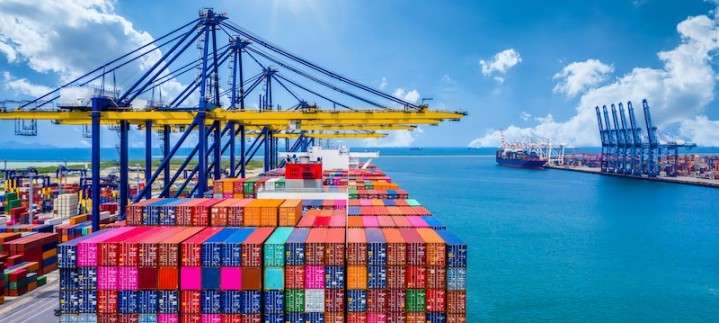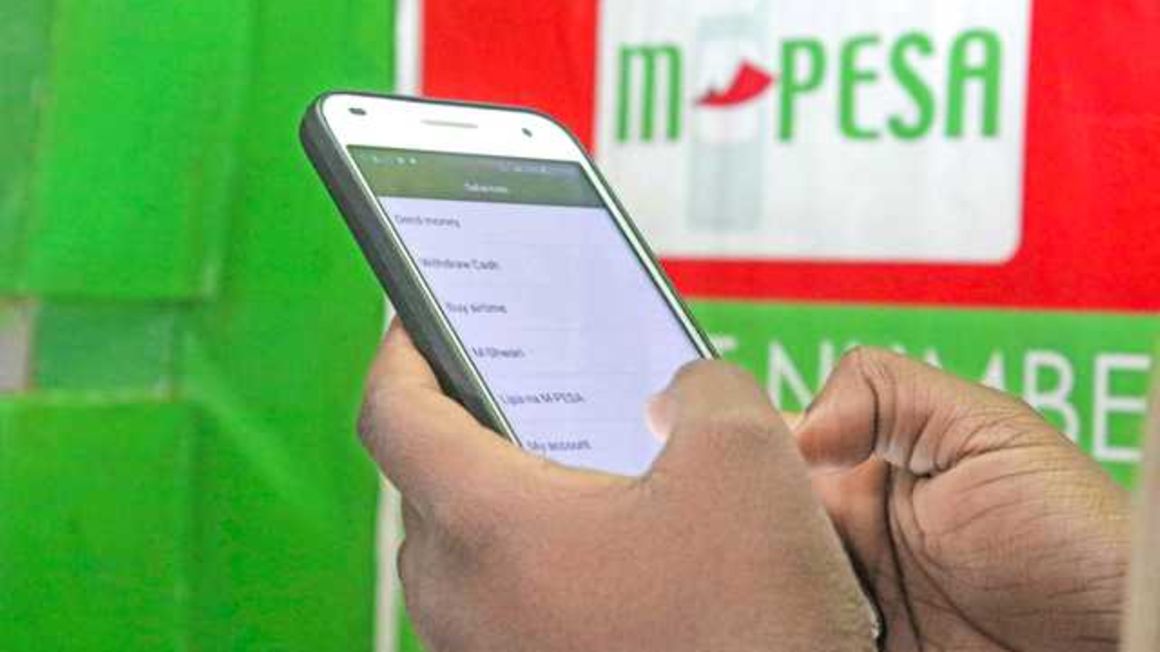Mombasa Port Cargo Surges by 14% as Uganda Remains Key Partner

Mombasa Port, a cornerstone of East Africa’s economy, has recorded a remarkable 14% jump in cargo volumes, reflecting its critical role in regional trade. The Kenya Ports Authority (KPA) reported that this surge underscores the port’s capacity to handle increasing trade demands while strengthening its position as a logistical hub for landlocked countries such as Uganda.
Driving Trade Through Mombasa
Recent data shows Mombasa Port’s total cargo throughput rose from 3.18 million tonnes in September 2022 to 3.63 million tonnes in September 2023. This growth signals recovery in global supply chains after disruptions caused by the COVID-19 pandemic and geopolitical tensions.
A significant driver of this growth is Uganda, which accounts for over 80% of transit cargo passing through the port. Other countries, including Rwanda, South Sudan, and the Democratic Republic of Congo, have also bolstered the port’s activity. Mombasa continues to serve as a lifeline for these nations, ensuring timely delivery of goods ranging from construction materials to consumer products.
Uganda’s Impact
Uganda’s prominence in the region’s trade landscape cannot be overstated. The country’s steady economic growth and diversification of imports have increased its reliance on Mombasa Port. In 2023 alone, Uganda imported over 2.7 million tonnes of cargo through the port. Key imports include petroleum products, machinery, and agricultural inputs, all essential to powering Uganda’s expanding industries.
This reliance has pushed stakeholders to enhance efficiency and minimize bottlenecks at the port. The Standard Gauge Railway (SGR) has emerged as a game-changer, expediting cargo transport to Uganda while reducing costs. Additionally, initiatives to digitize customs clearance processes are helping traders streamline operations, ensuring quicker turnaround times.
Challenges in Regional Trade
While the figures paint a positive picture, challenges remain. The port faces congestion during peak seasons, impacting delivery timelines. Inconsistent policies and inefficiencies in the Northern Corridor – the main transport artery linking Kenya to its neighbors – also create hurdles for businesses.
Moreover, global economic uncertainties, including rising fuel costs and currency fluctuations, threaten the stability of trade routes. Addressing these issues is crucial to maintaining Mombasa’s growth trajectory and ensuring its sustainability as a regional trade hub.
Modernization & Investment Impact
KPA’s investments in port modernization and infrastructure are paying off. Recent upgrades, such as the second container terminal and expanded berths, have increased the port’s handling capacity. These initiatives align with Kenya’s Vision 2030, which prioritizes trade facilitation and regional connectivity.
Private sector players have also shown interest in developing the port’s facilities. Public-private partnerships (PPPs) are helping fund innovations like automated cargo tracking systems and green energy solutions to cut operational costs and emissions.
Conclusion
Mombasa Port’s 14% growth in cargo volumes is a testament to its importance in driving East Africa’s trade. However, sustaining this growth requires ongoing investment, policy reforms, and collaboration among stakeholders. As Uganda and other nations deepen their reliance on Mombasa, businesses must align with solutions that streamline their operations.
Interested in learning how to leverage these new investment opportunities? Visit MUIAA today to discover expert financial solutions that align with your goals. Reach out for personalized advice and make informed decisions as you navigate the expanding world of investment in Kenyan market.











